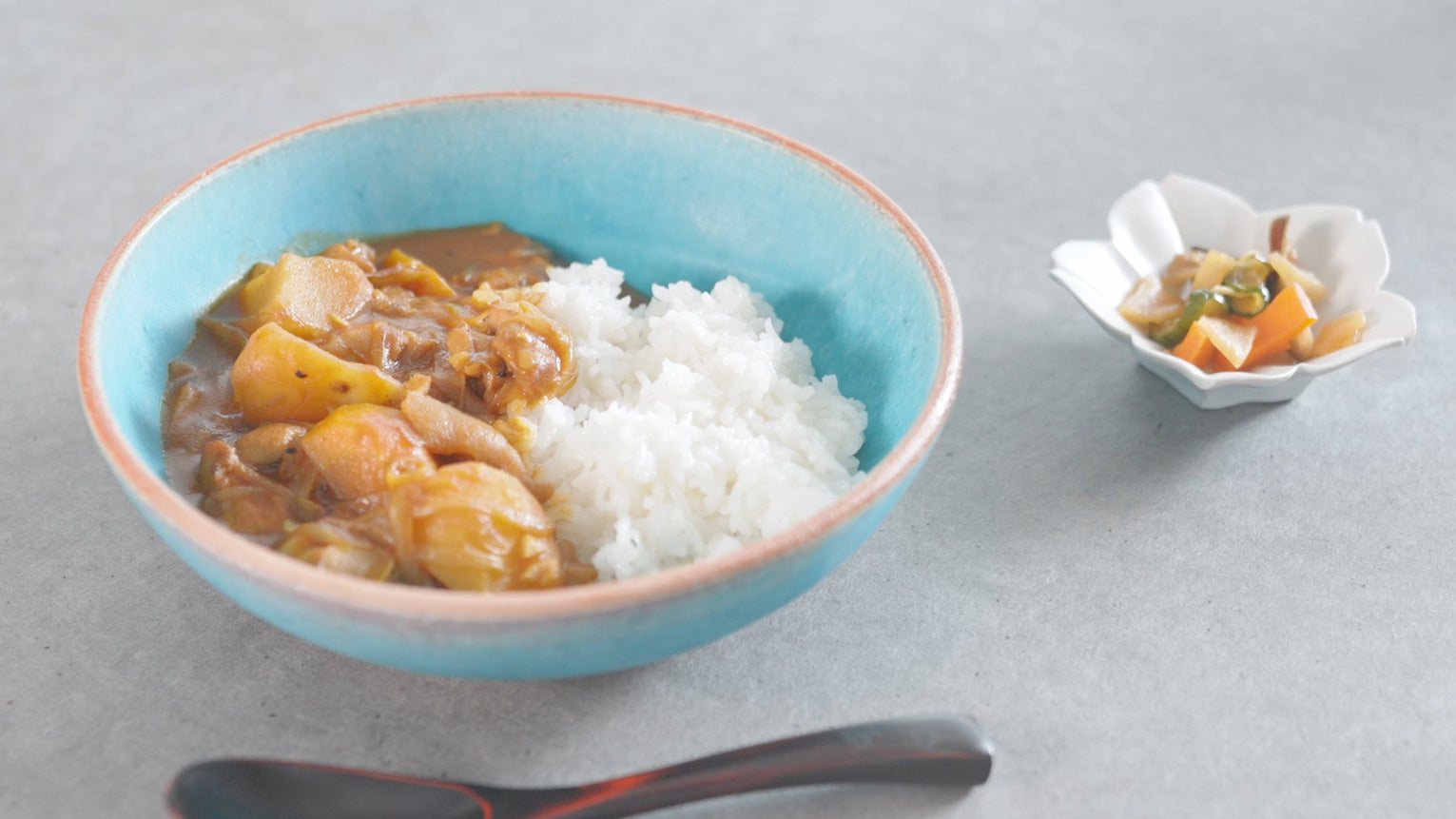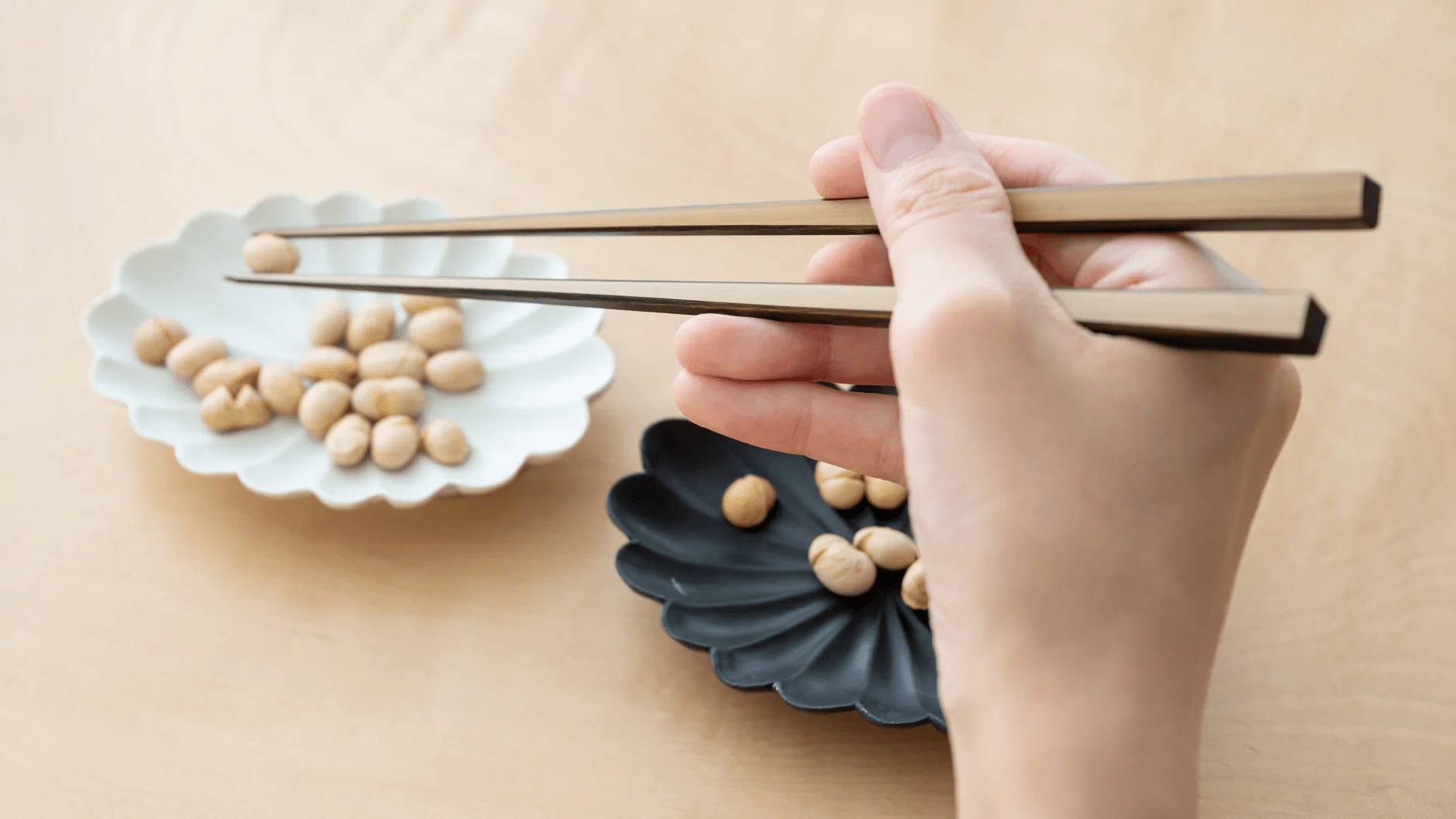Musubi Kiln Journal
RSS feed
Tokyo's Toyosu Market: Stories from the World's Largest Fish Market
Explore Toyosu Market, the world’s largest fish market, and the people and stories behind Japan's vibrant seafood culture.
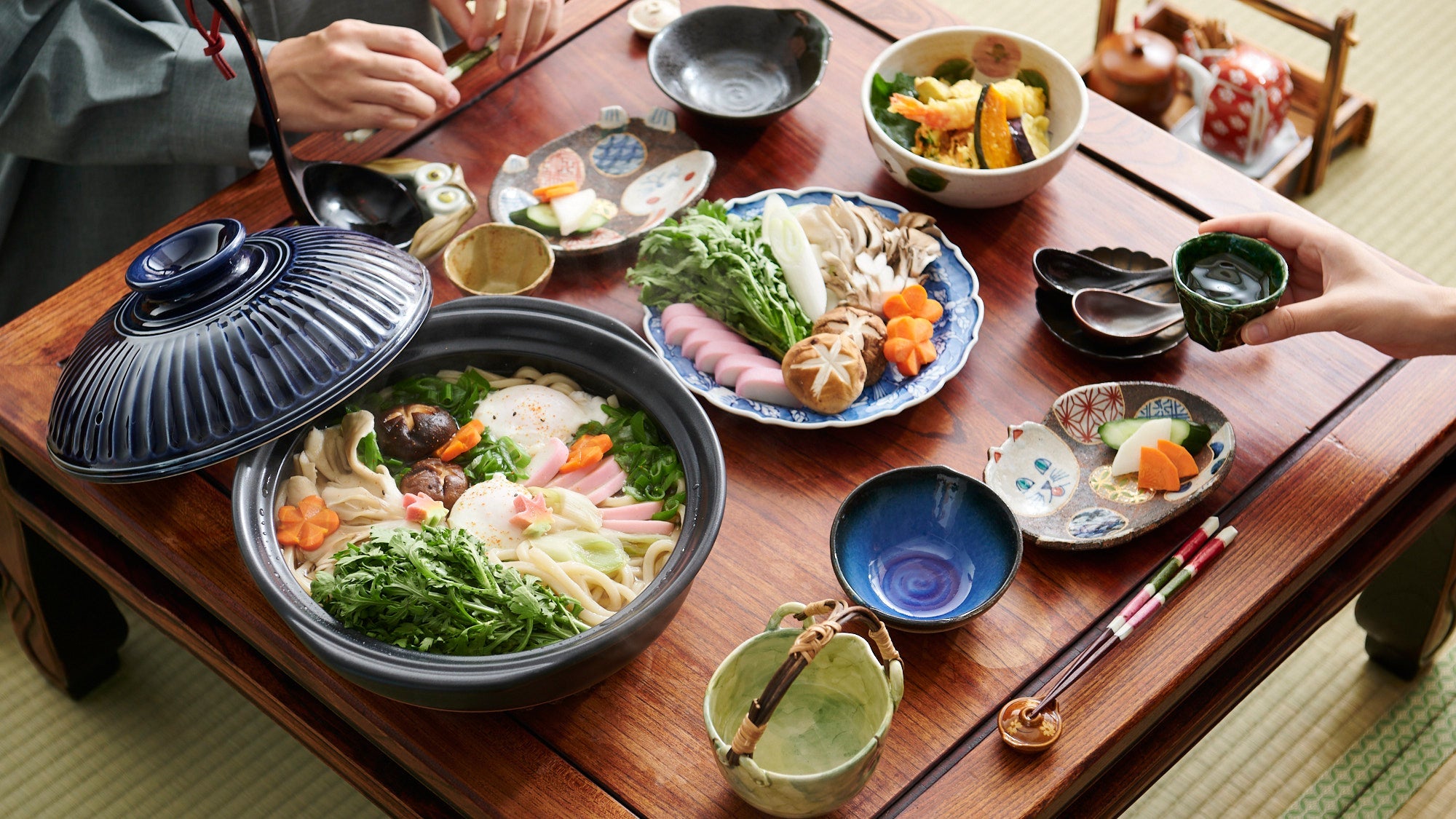
Double Comfort: Udon and Hot Pot in Perfect Harmony
Set a cozy table with a Kikka Donabe clay pot, Mino ware bowls, and sake sets, perfect for sharing nabeyaki udon.
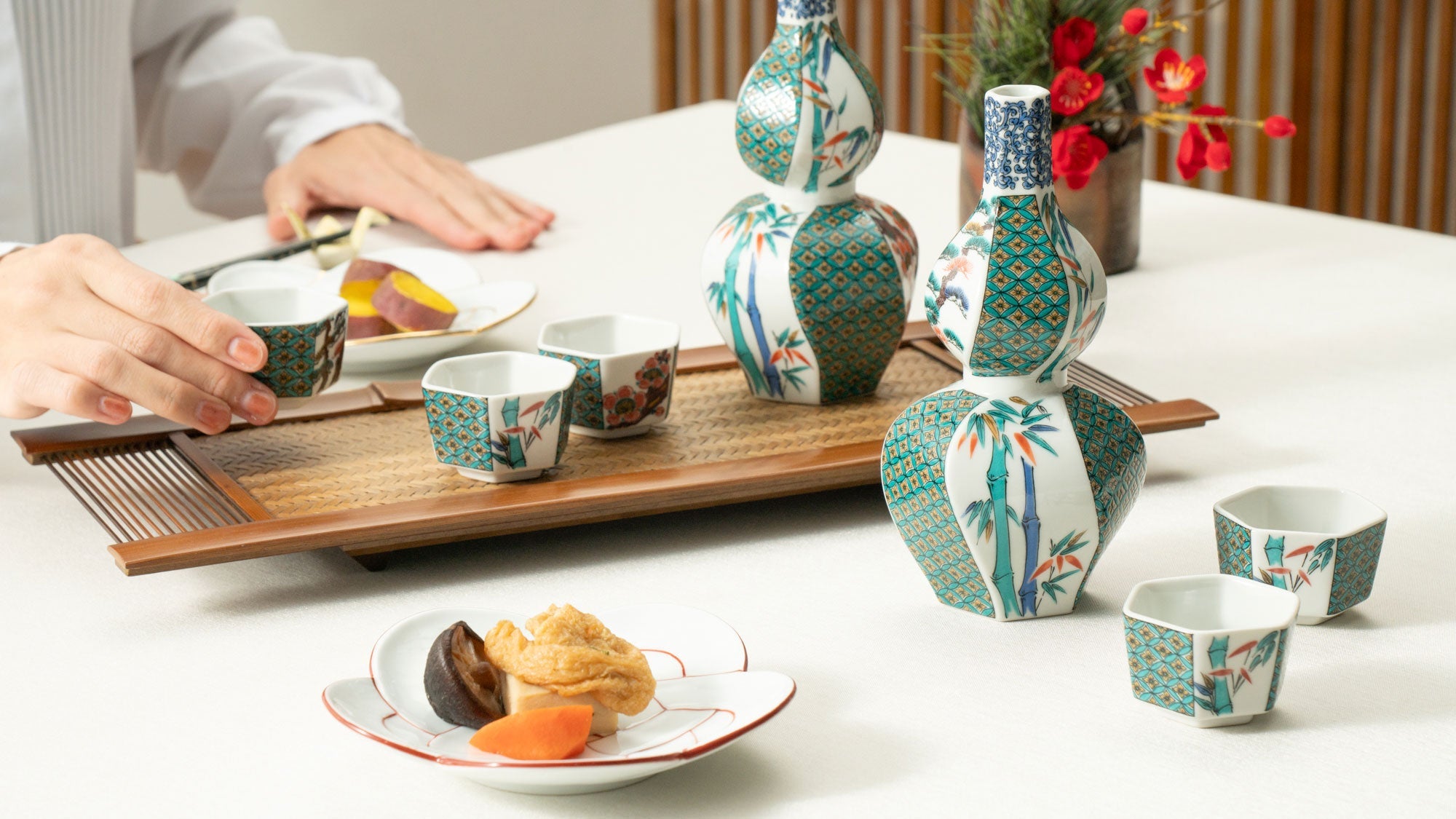
Welcome a Joyful New Year with Lucky Japanese Plants
Celebrate the New Year with Japan's cherished plant symbols. Pine, bamboo, plum, and more bring good luck and well wishes.
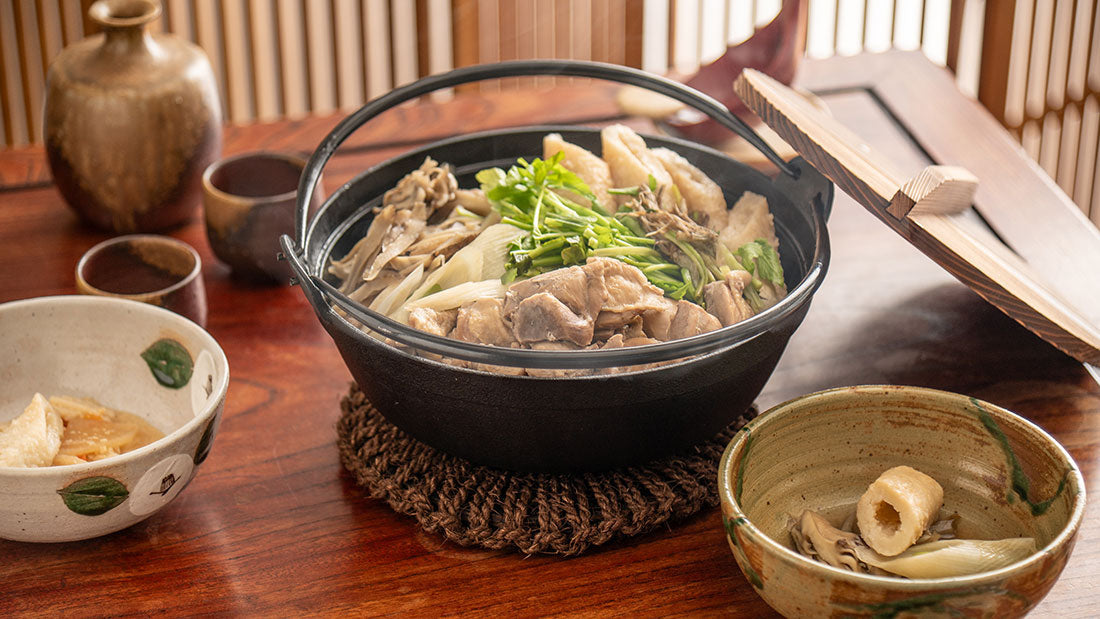
The Winter Wonders of Japan’s Regional Cuisine
Discover Japan's winter cuisine with hearty soups and hot pots, offering warmth and unique regional flavors.
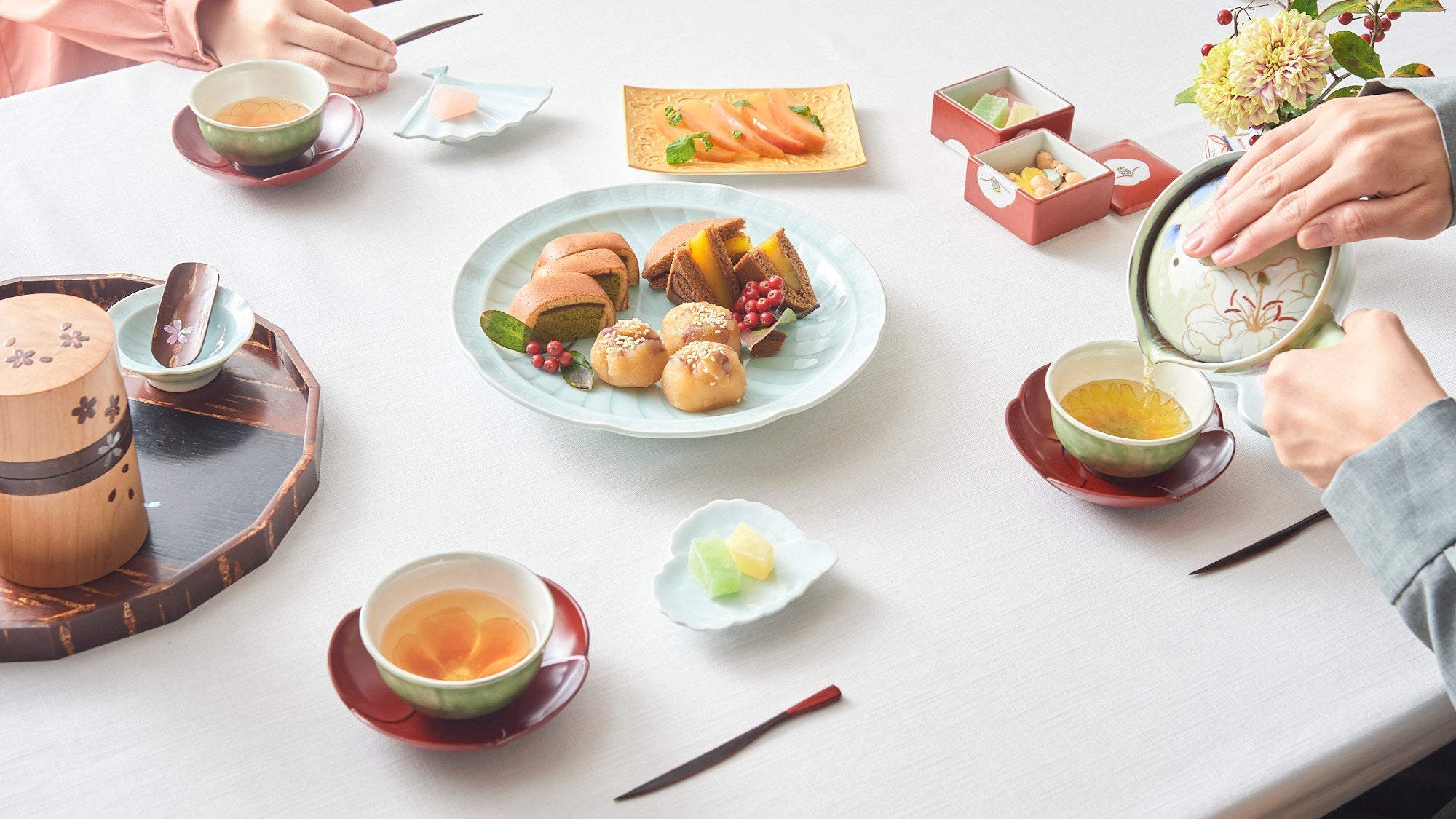
Moment of Peace: A Japanese Tea Gathering
Set the table with smooth celadon porcelain, a cherry bark tray, and floral details, perfect for enjoying tea and wagashi.

5 Japanese-American Fusion Foods You Need to Taste
From California rolls to sushi burritos, discover 5 must-try Japanese-American dishes blending each culture's flavors.
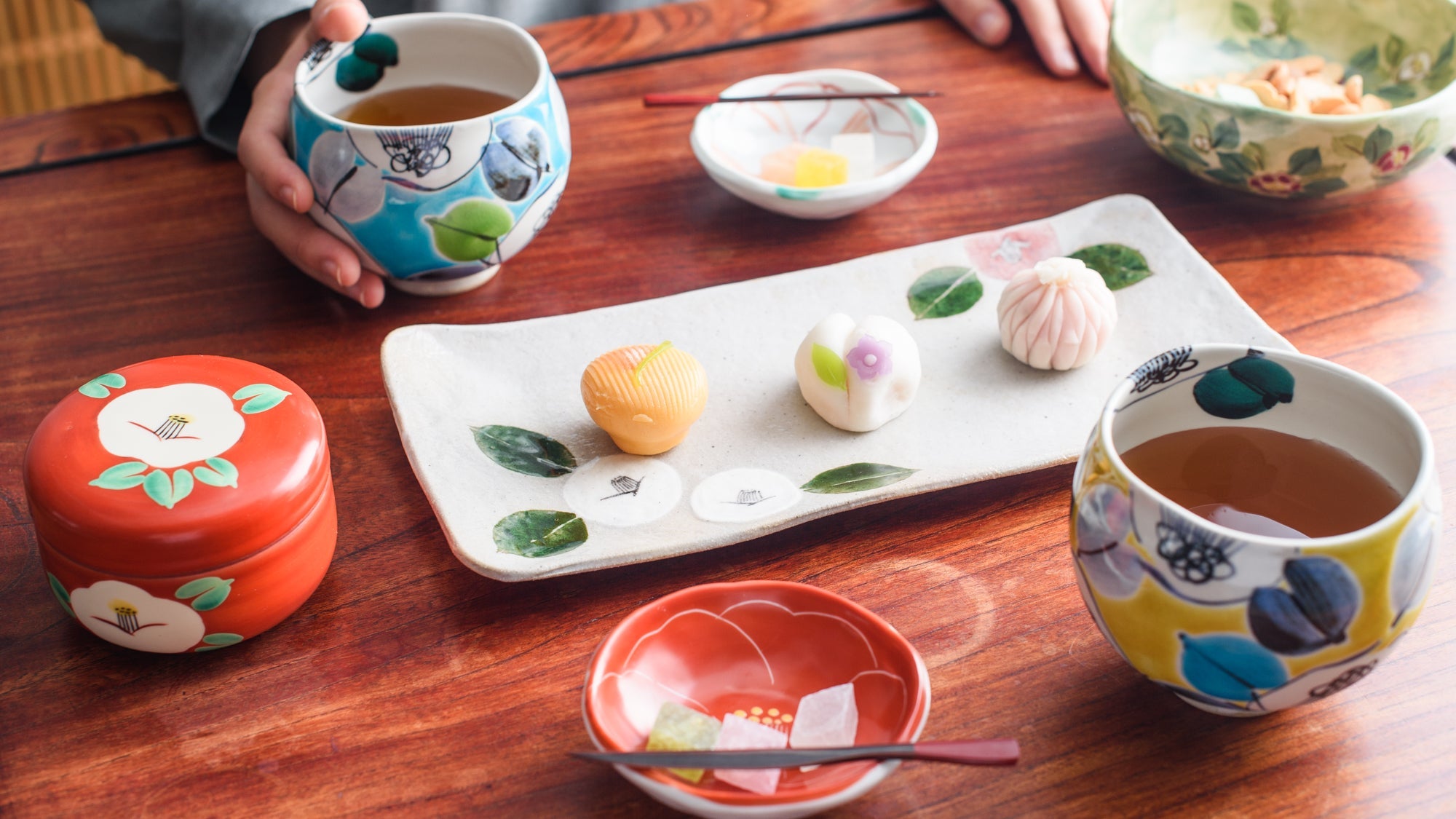
Gifts That Bloom: Elegant Camellia Motifs
Explore our curated selection of camellia-themed tableware, with timeless floral designs that make them perfect as gifts.

Oseibo: A Reflection of Gratitude in Japan's End-of-Year Gift-Giving Tradition
Explore oseibo, Japan’s end-of-year tradition of gift-giving. Explore its origins, meaning, and tips for presents.
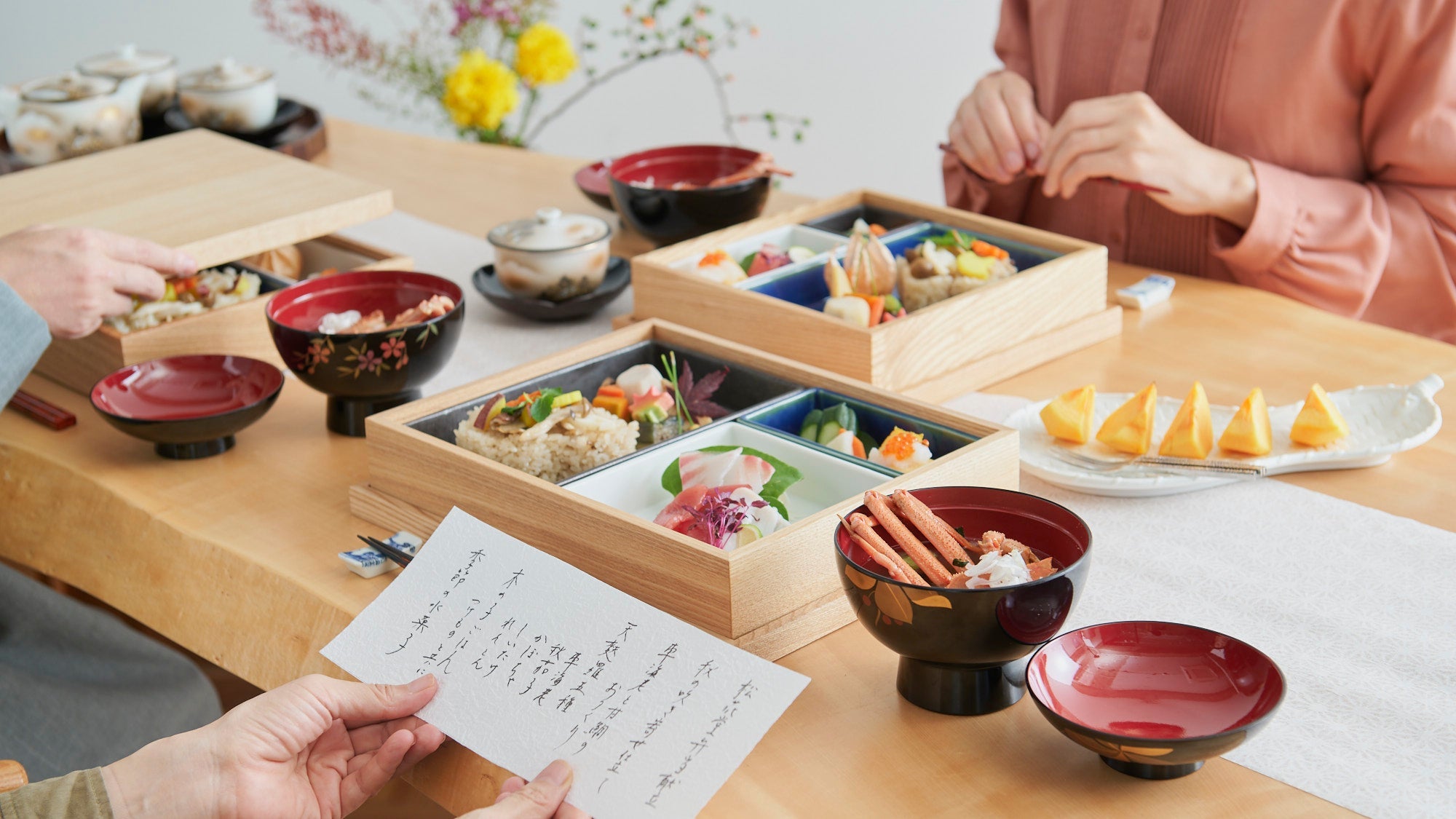
Dress to Impress: Hosting with a Shokado Bento Box
Create a dazzling fall table with warm hues, layered textures, and seasonal dishes on lacquerware and Mino ware plates.

Hasegawa Akari's Fall Donabe Recipe: Potato Miso Butter Rice
Warm up this fall with this comforting Japanese donabe dish, mixing the rich flavors of miso, butter, and potato.
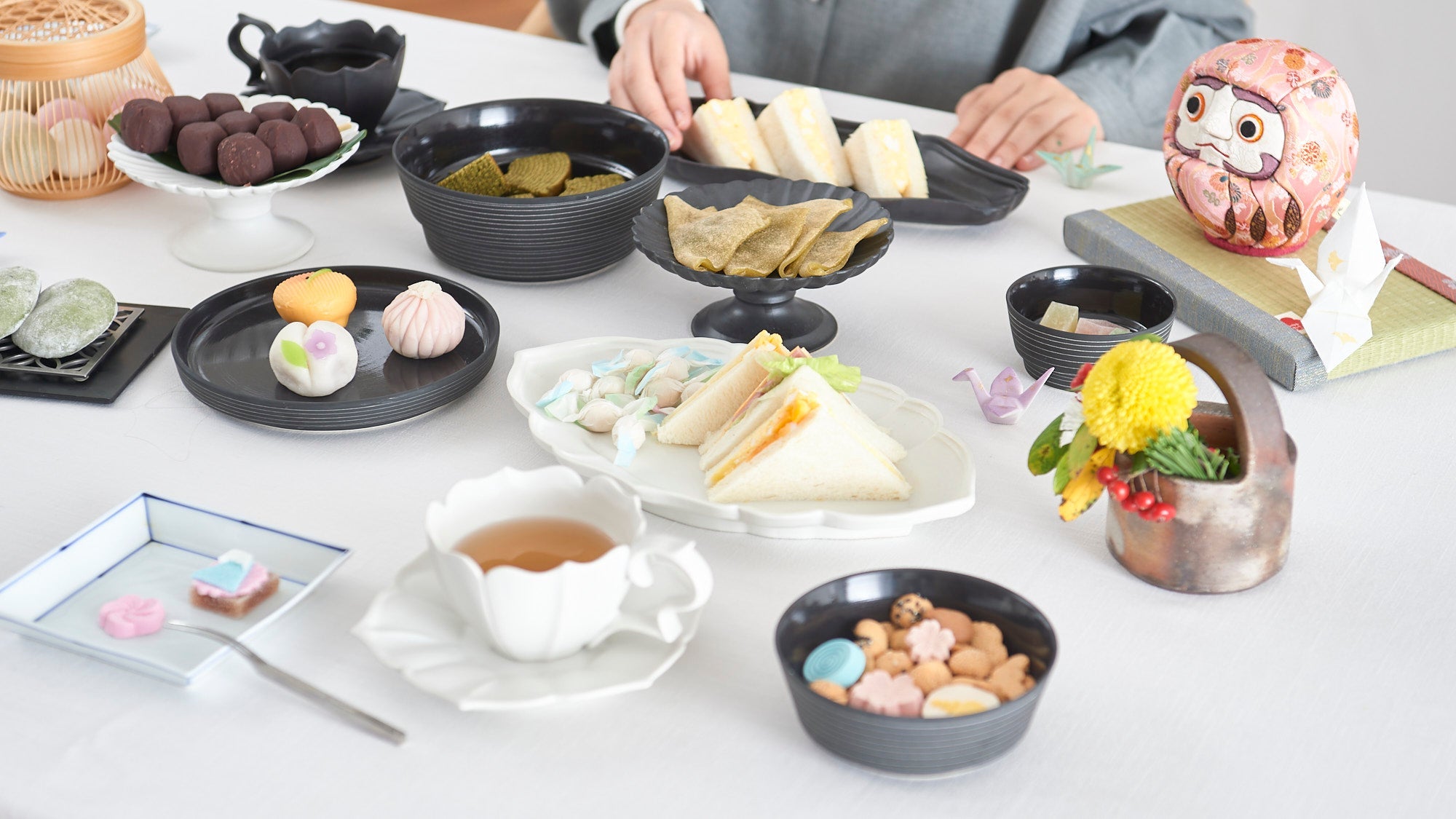
How To Host A Japanese-themed Afternoon Tea
Learn how to host a Japanese-themed afternoon tea, blending British tradition with Japanese aesthetics, food, and decor.
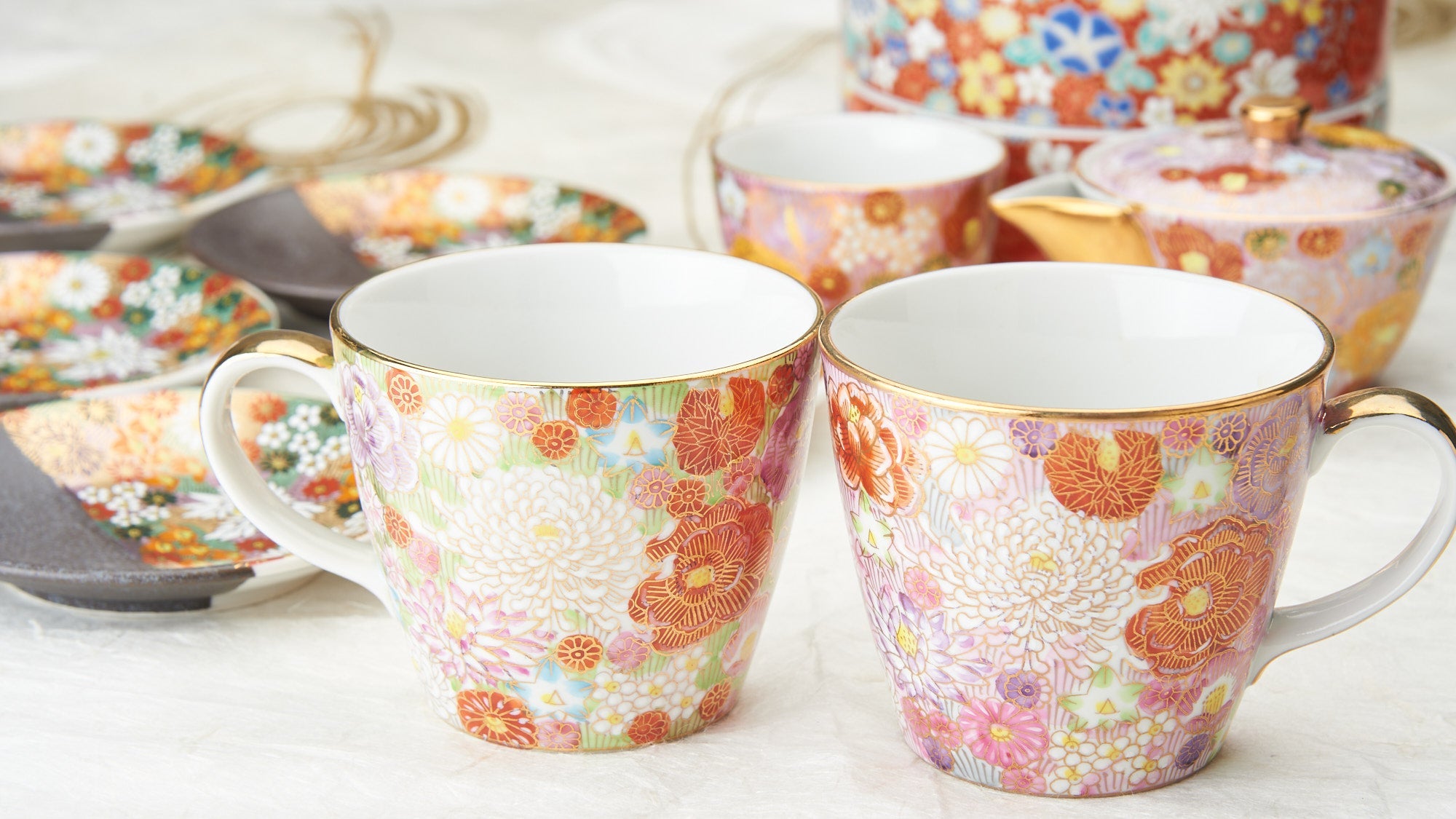
Fascinating Hanazume Gifts for Your Friends and Colleagues
Explore gifts ideas with hanazume, a traditional Kutani ware painting technique used to create vibrant floral designs.
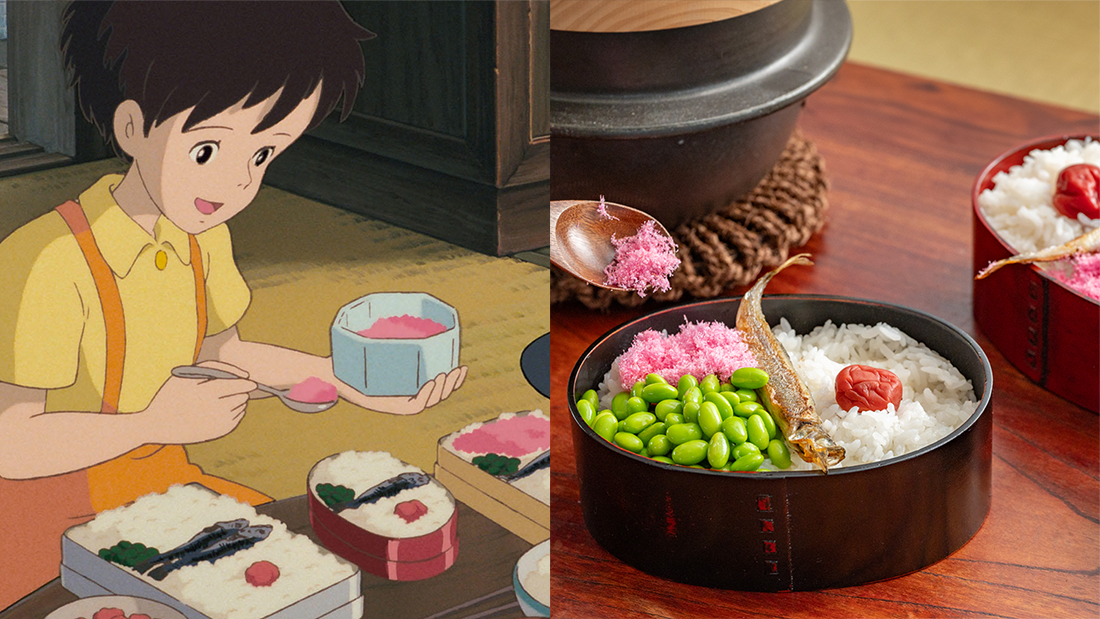
Eat Like Your Favorite Ghibli Characters
Recreate iconic Studio Ghibli dishes and bring the magic of animated food to life with traditional Japanese tableware.
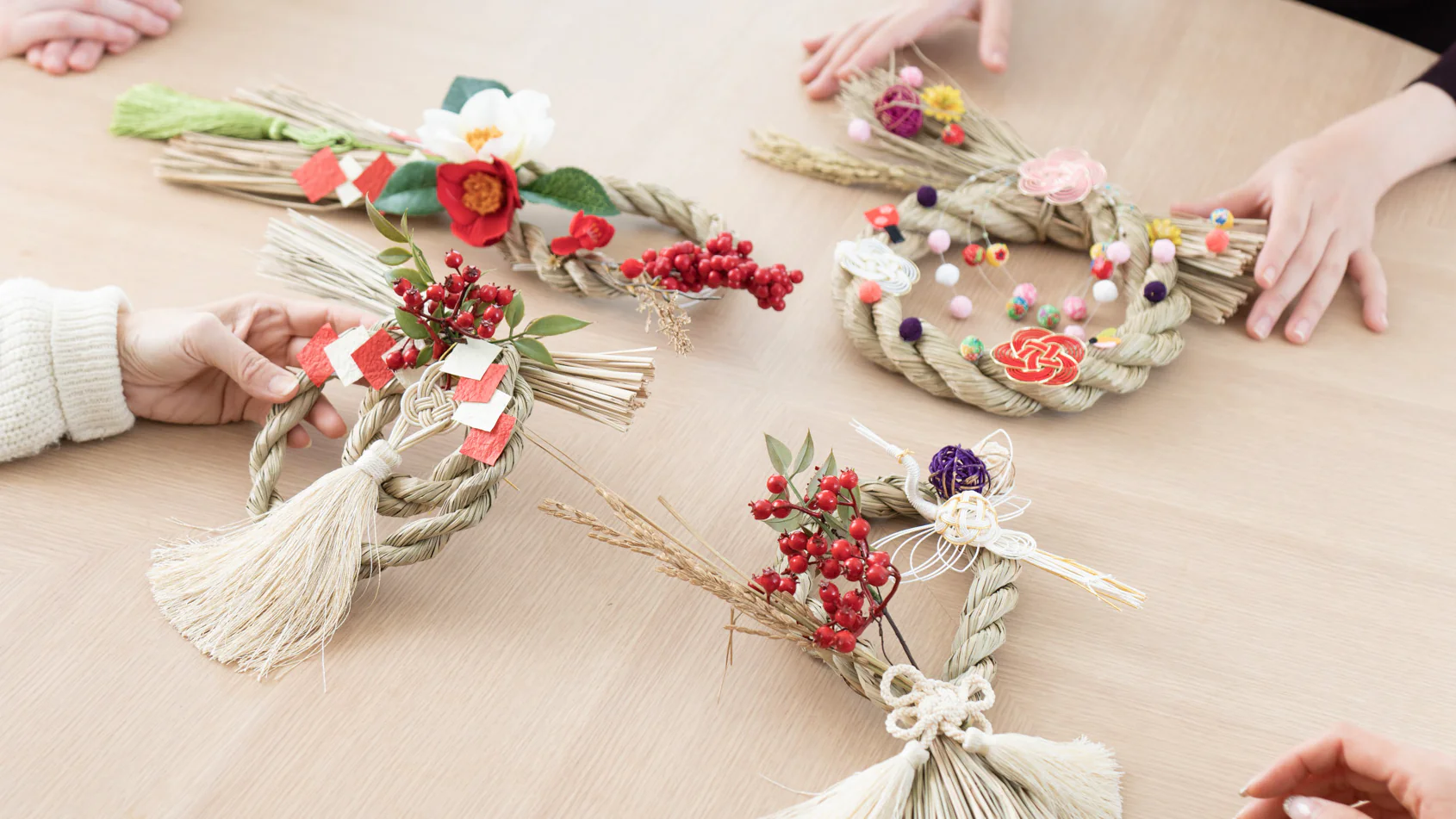
Make Your Own Luck: Creating Shimekazari with Team Musubi
Craft your own Japanese shimekazari wreath for the new year with DIY tips and style inspiration from Team Musubi.
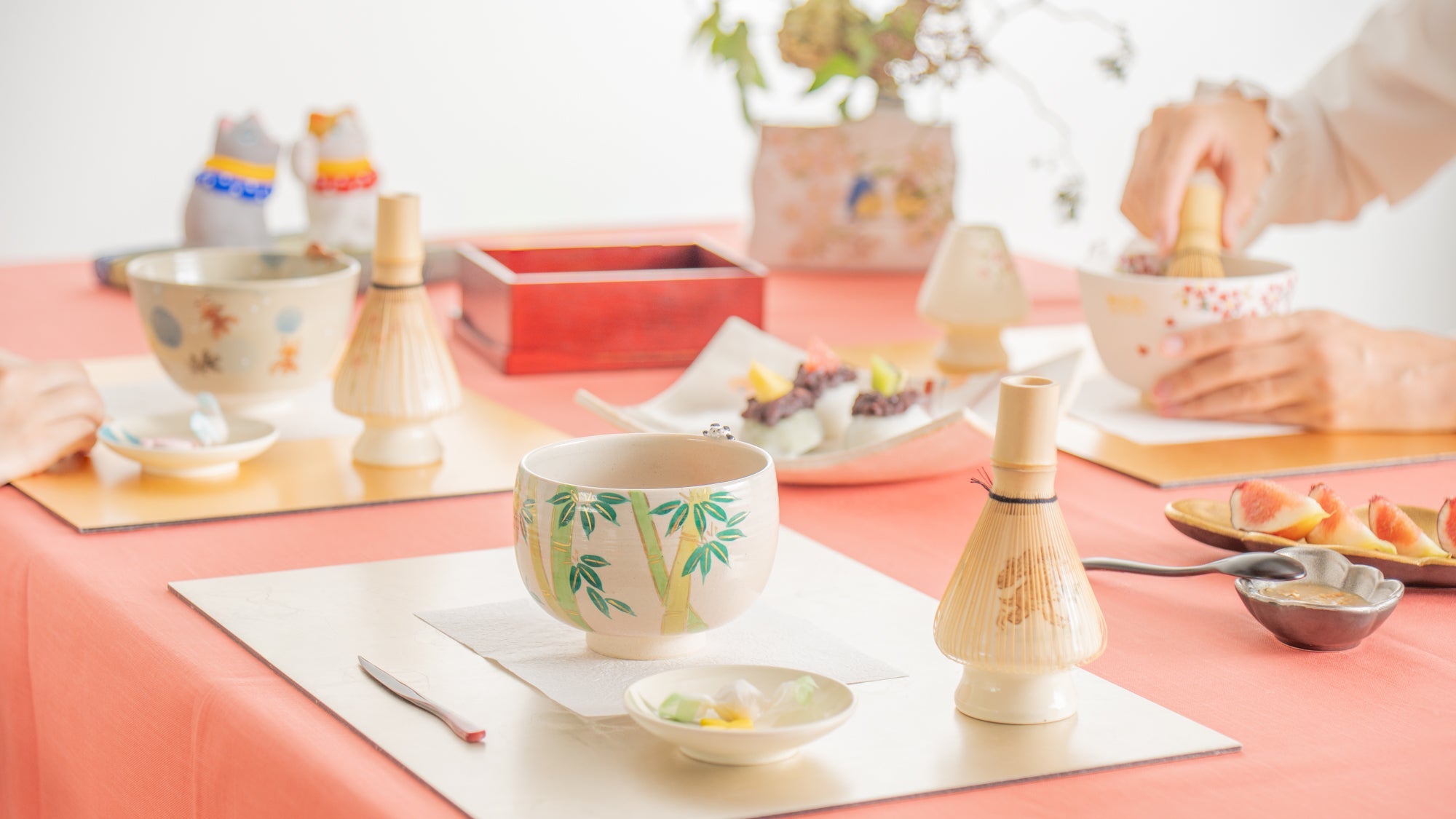
Table Tea Ceremony with Adorable Tableware
Explore a table tea ceremony with charming animal-themed tableware and seasonal desserts, making a unique tea experience.

Sanma: A Splash of Japanese Autumn on Your Plate
Discover sanma, Japan's autumn fish, with its rich history, flavors, and Tokyo festivals celebrating this seasonal favorite.


